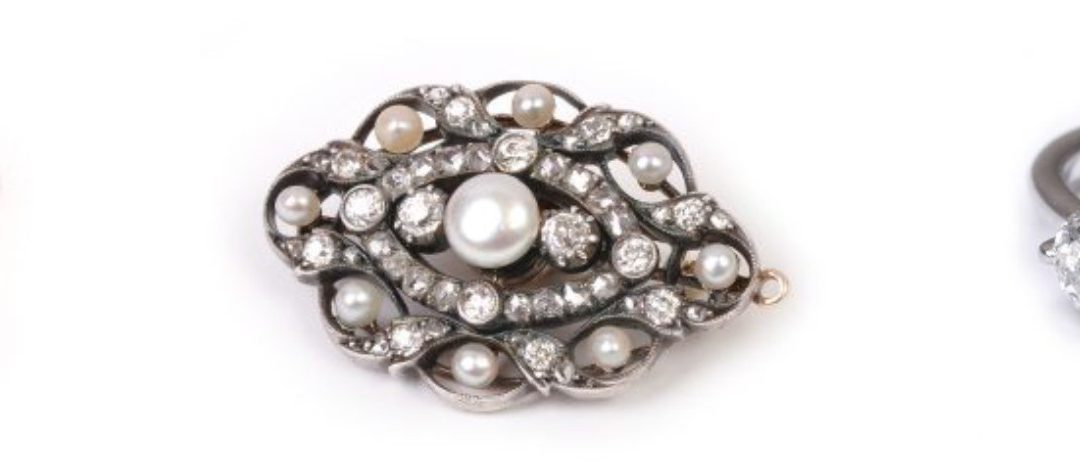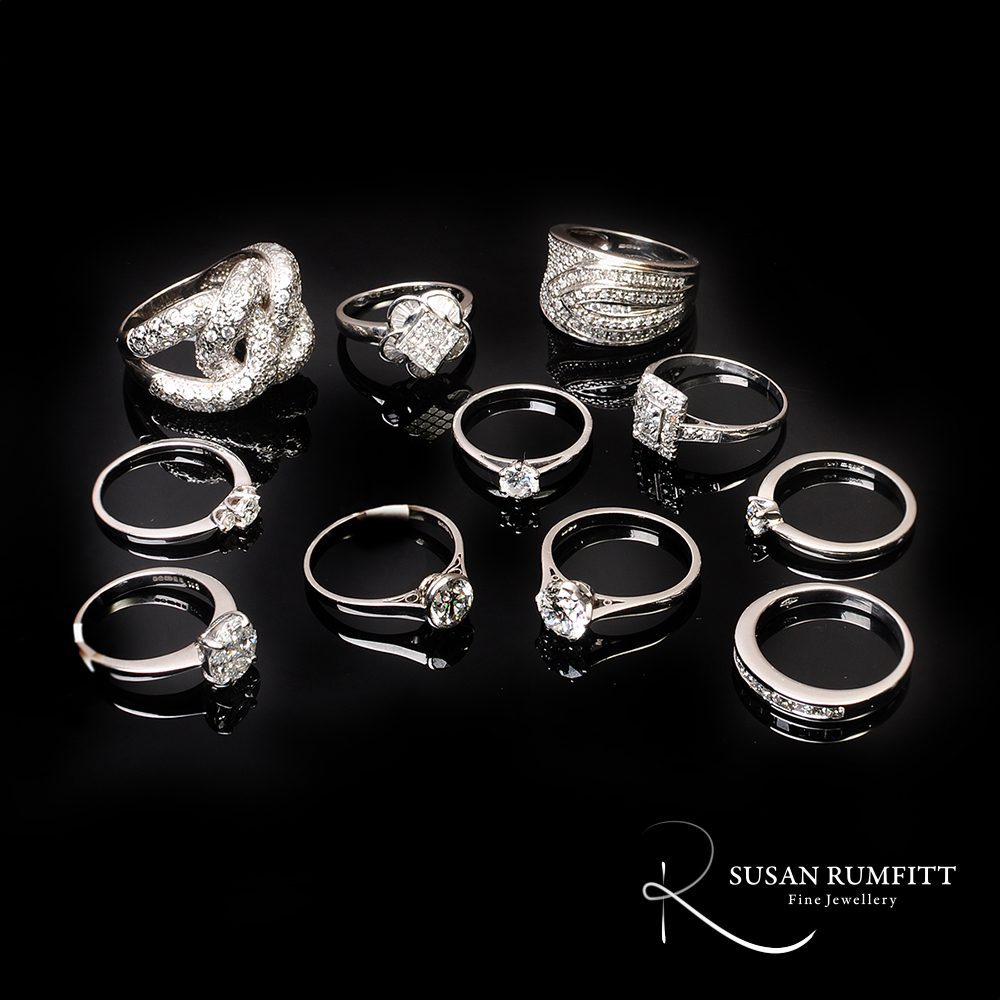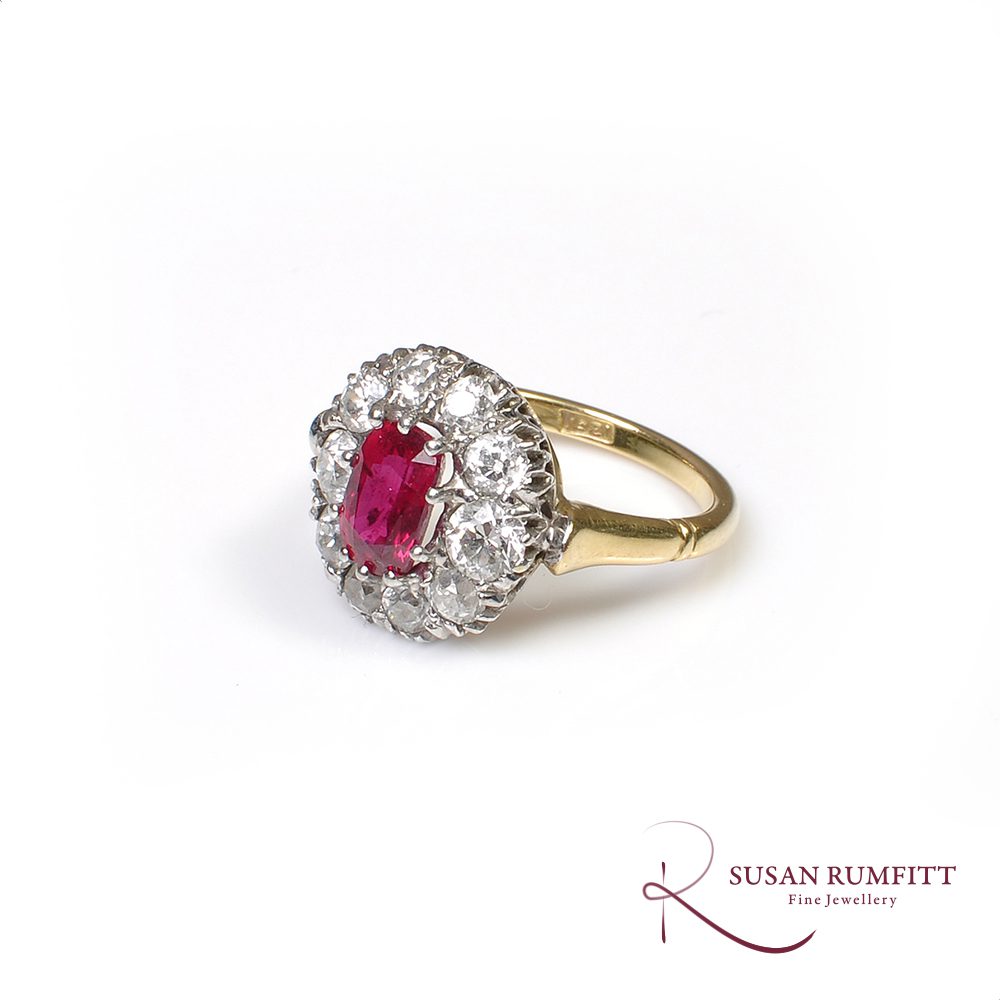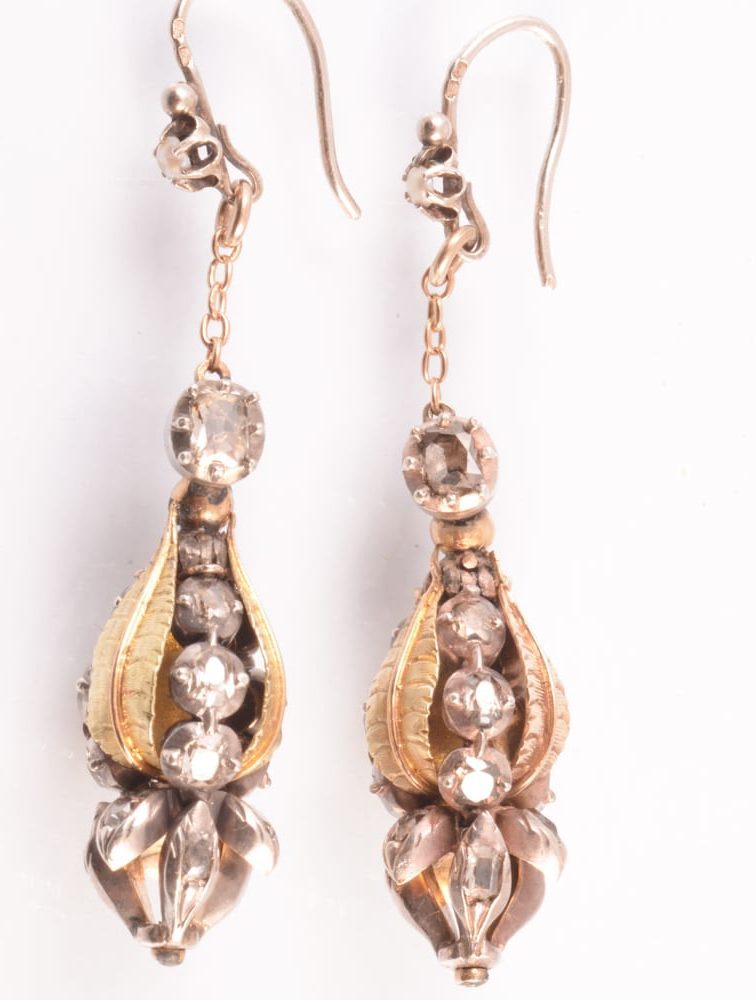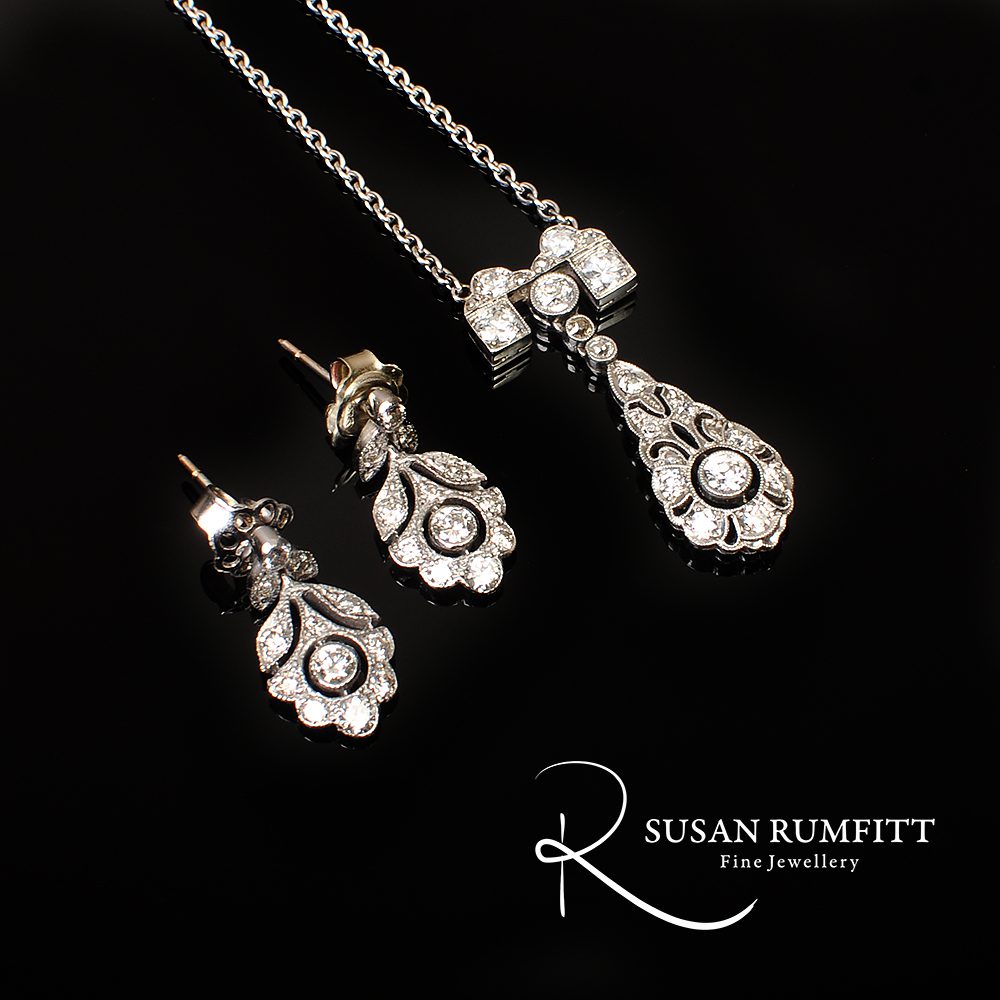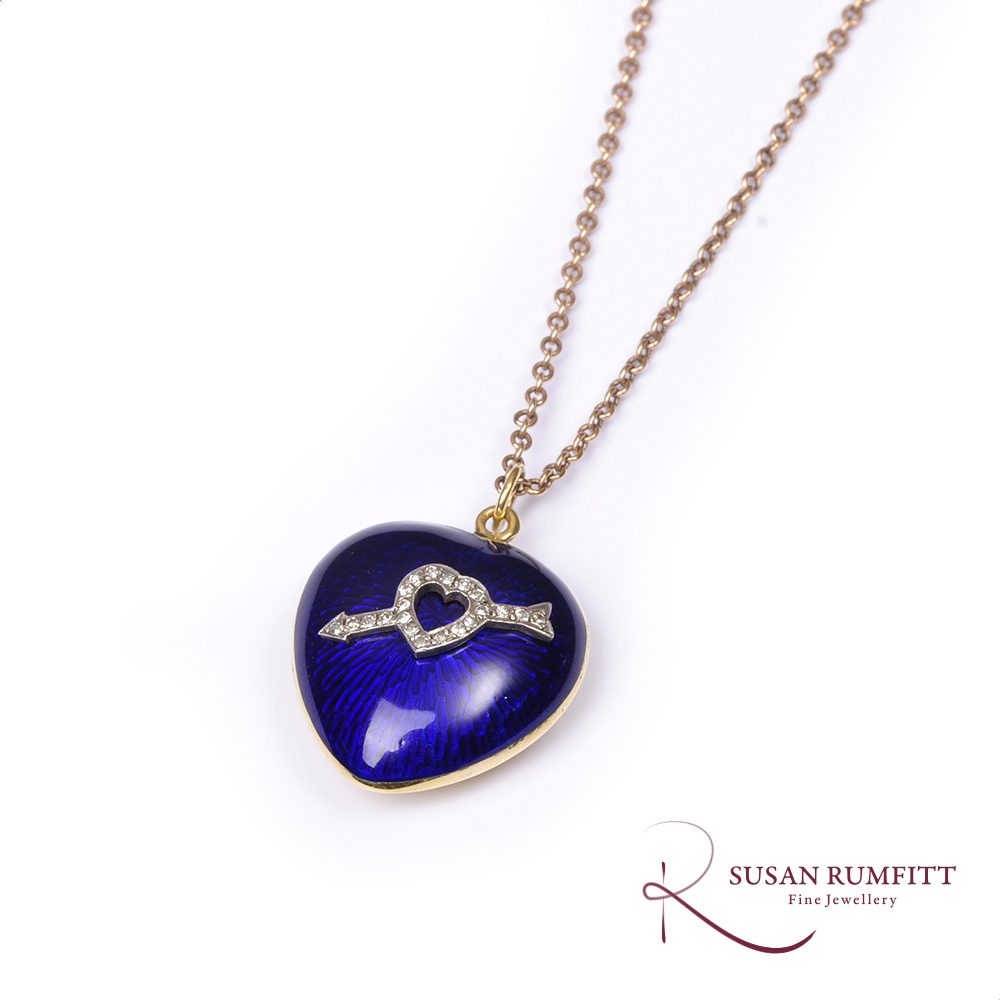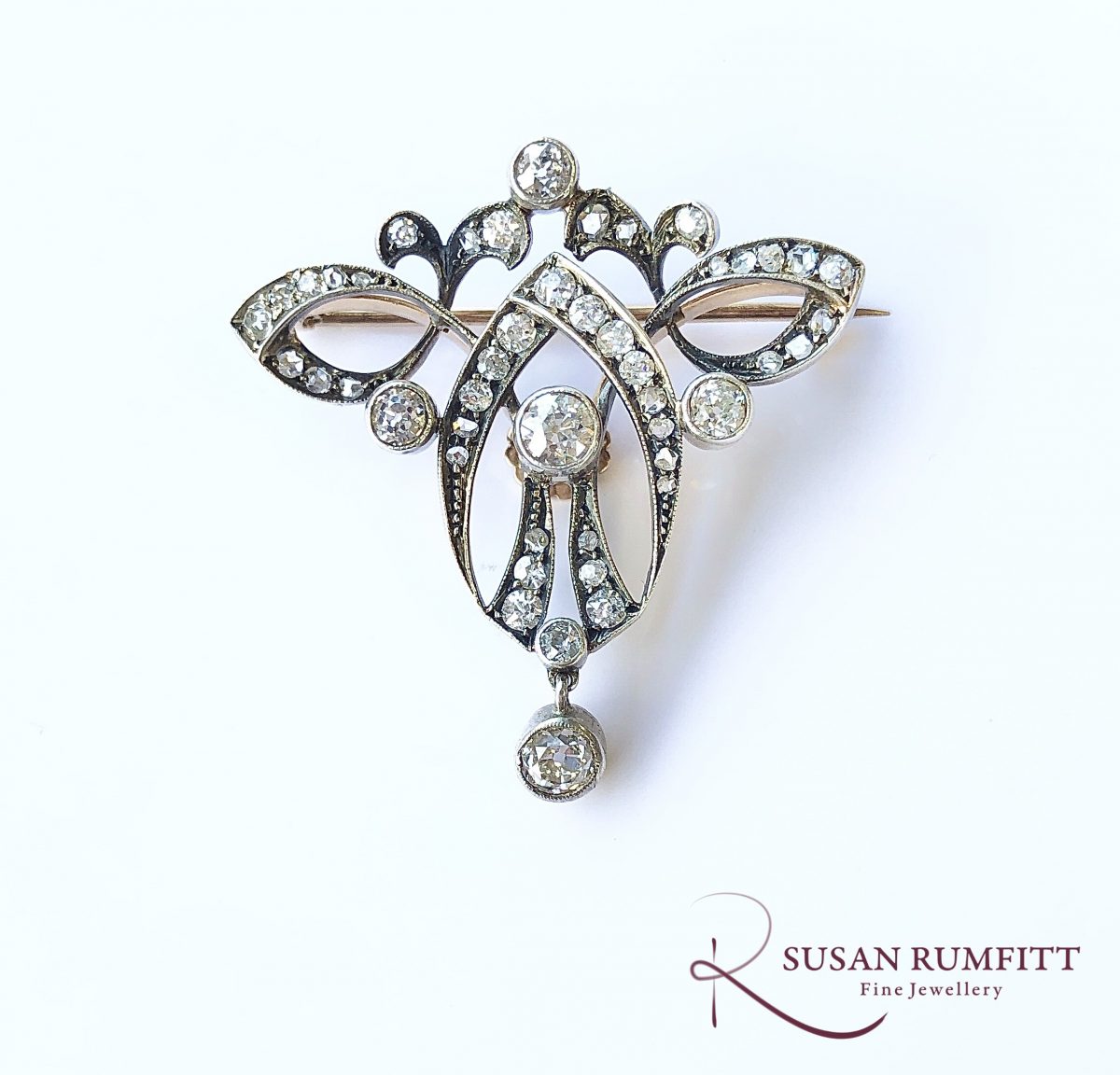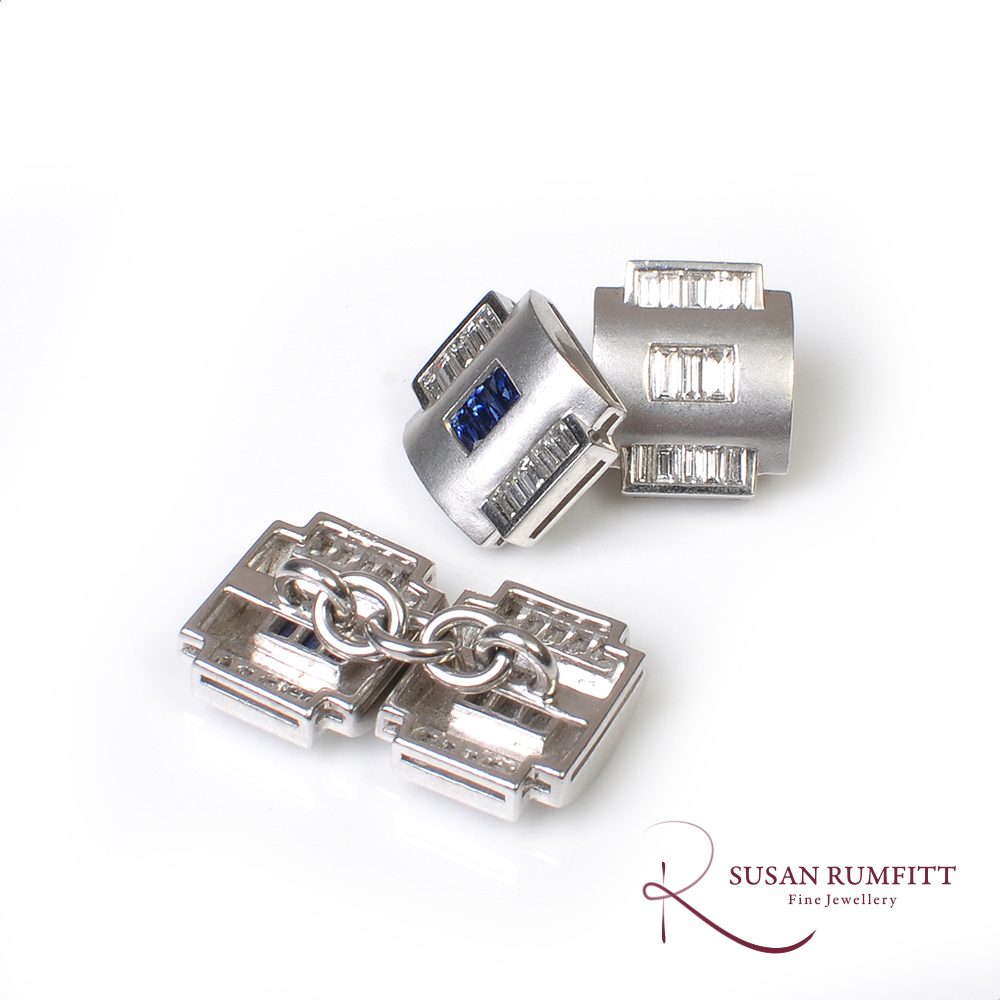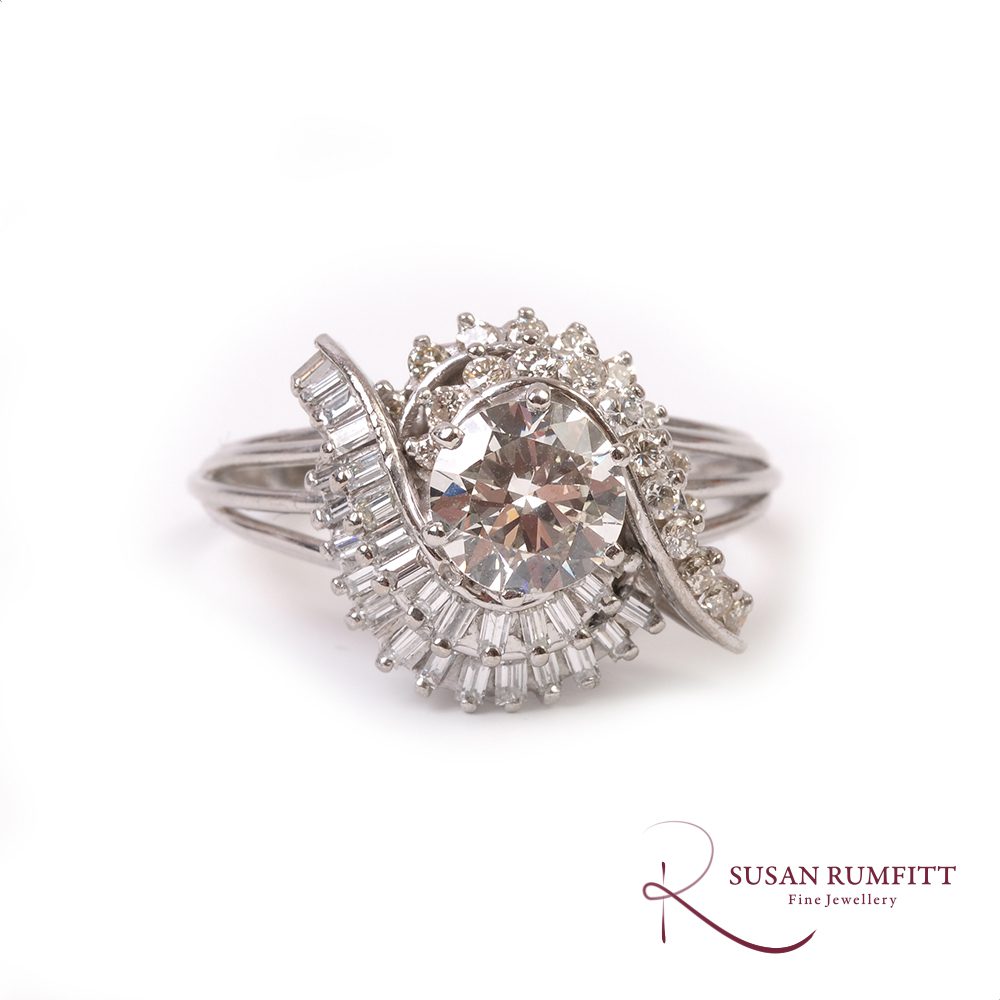April’s birthstone is diamond, one of the most sought-after gemstones.
These billion-year-old miracles of nature have a long and rich history. Whilst for many today diamonds are irrevocably associated with love, their earliest associations arose from their physical property of outstanding hardness.
Diamond history and meaning
Named ‘adamas’, meaning unconquerable or invincible, by the ancient Greeks, diamonds were thought to protect the wearer by lending them strength and courage. Diamonds were so incredibly rare at this time that only the wealthiest could consider owning them. Pliny wrote that diamonds were so rare as to be the preserve of kings, they were ‘the most highly valued of human possessions…known only to kings, and very few of them’. This connection with only the richest of kings quickly led diamonds to be considered as a symbol of power, an association they have never lost.
In India diamonds were also thought to protect the wearer. The Garuda Puranam an ancient text states that ‘Serpents, tigers, and thieves fly from the presence of a person wearing such a diamond’. Unfortunately, the same text also says ‘Diamonds are prohibited as articles of female wear as they are possessed of the mystic virtue of making them sterile and unhappy’. A far cry from being a girl’s best friend!
Uniquely among gemstones, diamonds are composed of only one element: carbon. Formed deep under the earth’s crust, the immense pressure and temperature force carbon atoms to form bonds in a tight regular formation, this close packing of uniform atoms gives diamonds their exceptional hardness. The very same hardness which made the gem so desirable also meant that they couldn’t be cut, and ancient diamonds had to be set in their natural octahedral crystal form. However, the regularity of the atomic structure means that there are directions of weakness parallel to the flat crystal face where the diamond can be split into slices. This is how the people of India fashioned the portrait cut which is so typical of their jewellery.
Diamonds in medieval Europe
As trade with the east opens through medieval Europe, larger numbers of diamonds became available to the wealthy classes who were eager to acquire such an exotic prize. They were still set in their natural crystal form and cherished for their hardness: in 1490 Oliver de Marche wrote ‘its property is a safeguard, protecting the wearer from broken bones and death’.
It’s also around this time that diamonds begin to be connected to love and the engagement ring. Documentary evidence comes from wills of wealthy citizens where we find examples such as diamond ring inscribed with ‘[I] love you with all my heart’, and a ruby and diamond ring described as a ‘maryeng ryng’. It’s thought that ruby and diamond may have been particularly popular as betrothal rings with the gems representing the couple – an indomitable diamond for the man, and the ruby symbolising the fertility of the woman.
By the mid 1600s diamonds’ hardness came to have a more modern sentiment with Thomas Nicols suggesting diamonds’ invincibility could ‘be used symbolically, as a signification of constancy’. If a diamond means constancy and invincibility, what better symbol could you have to represent your eternal, undying love. From here it’s not a big leap to the ‘Diamonds are Forever’ advertising so successfully employed by De Beers in the 1950s.
Later history of diamonds
By the end of the 17th century new diamond cutting techniques had developed, transforming a relatively unimpressive pointed crystal into a jewel that sparkled, glittered and scintillated. Diamonds took on a new importance, bedecking restoration Britain and the court of ‘The Sun King’ Louis XIV, ensuring that diamonds become the ultimate symbol of power and wealth.
As the supply of diamonds from India dwindled, a new source was discovered in Brazil and in the 1730s diamonds flooded into the jewel boxes of the upper echelons of society. By the 1760s the European aristocracy had entered ‘the age of diamonds’ where they were preferred to coloured stones, adorning huge stomachers, girandole earrings and every manner of necklace and hair ornament.
Diamonds’ popularity and association of wealth, power and royalty continued throughout the early 19th century, gracing every lady of court from Empress Josephine to Queen Victoria.
Diamonds for all
In 1867 the diamond fields of South Africa were discovered, and diamonds became available in unprecedented quantities. The price dropped dramatically, allowing diamonds to be available for the first time to all who could afford them rather than being the privilege of royalty and aristocracy. The emerging middle classes enthusiastically embraced the opportunity to sparkle but it was the rich industrialists of America who dominated the market.
Whilst Queen Alexandra and the Russian Tsarinas appeared in swathes of diamonds, some of the world’s most prestigious diamonds from Europe and India were being reset and sold to eager American heiresses. And America’s love affair with diamonds never ceased. Boosted by the glamour of the golden age of Hollywood and the romantic, aspirational and, above all, effective De Beers advertising campaigns, the diamond’s glittering attraction has never dulled.
Diamonds at Susan Rumfitt Fine Jewellery
We have a stunning collection of diamonds, April’s birthstone, available in our gallery in Harrogate, including the following wonderful pieces:
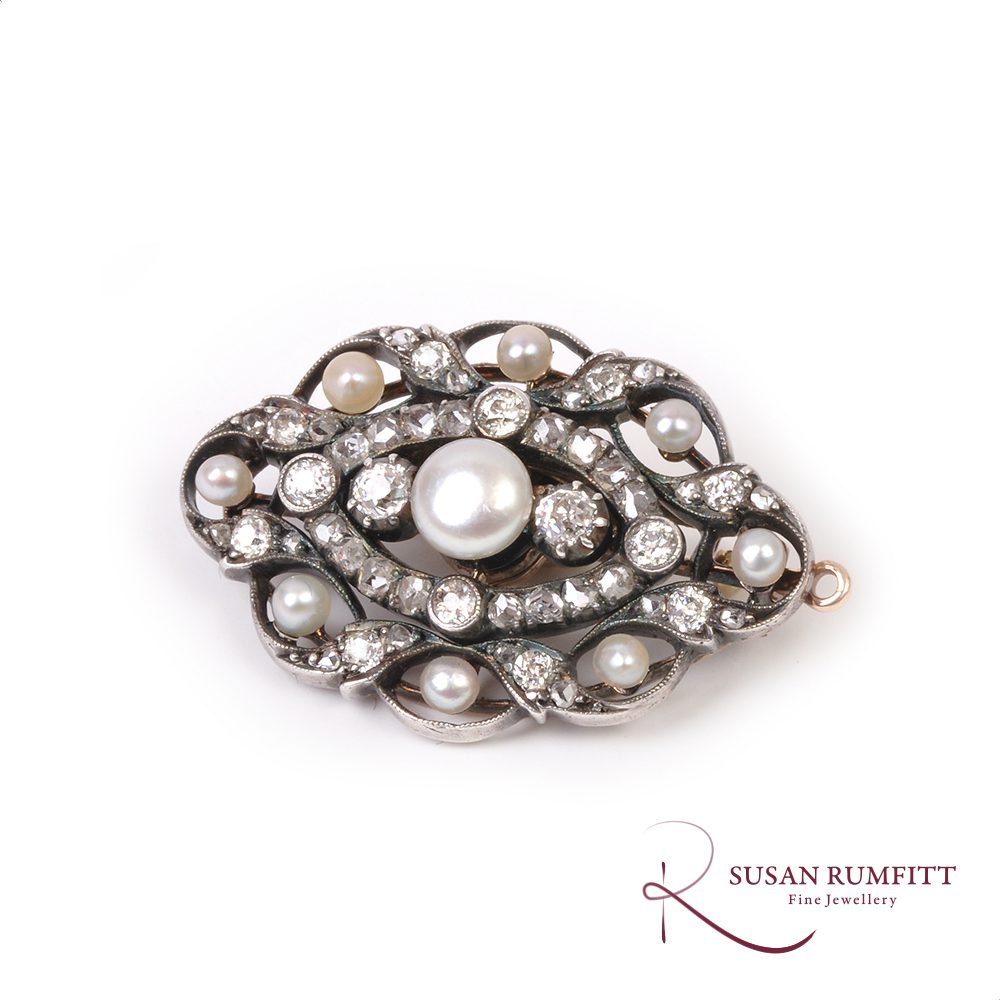
A Victorian Natural Pearl and Diamond Brooch/Pendant, circa 1890
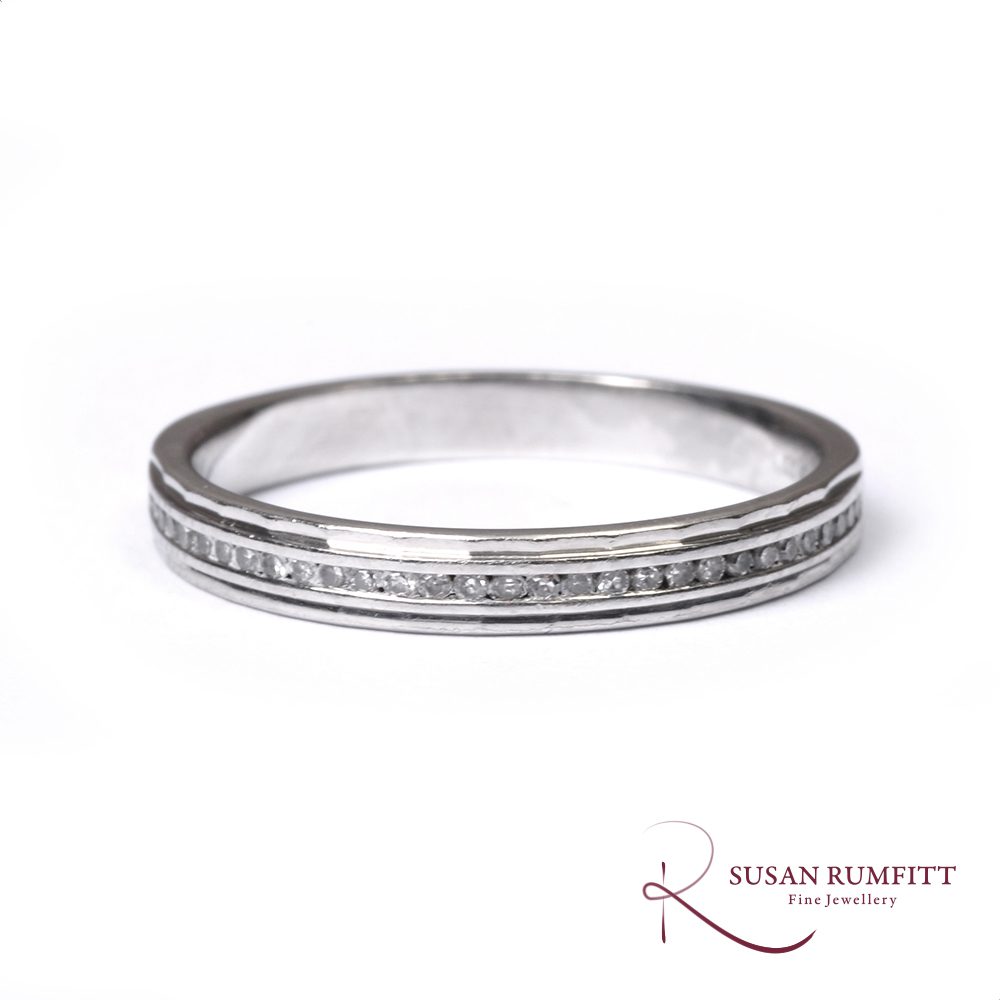
A Diamond Half Eternity Ring with Faceted Border
Why not browse the full collection in our Gallery, or contact us to arrange an appointment for a private viewing.
